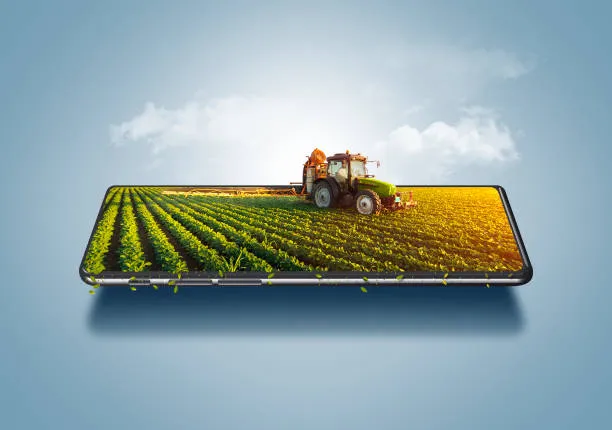Maximize Your Harvest with High-Tech Farming Tools
In today’s rapidly evolving agricultural landscape, high-tech farming tools are transforming the way farmers manage their crops. By integrating advanced machinery and digital solutions, farmers can significantly boost efficiency, reduce labor costs, and maximize their harvest. In this article, we explore the benefits of these modern tools, share real-world examples, and present a detailed comparison table to illustrate their impact.
The Benefits of High-Tech Farming Tools
Modern farming equipment, including autonomous tractors, drones, and precision irrigation systems, is revolutionizing traditional agricultural practices. Here are some key benefits:
- Increased Efficiency: Automated tools reduce the time and labor needed for planting, monitoring, and harvesting.
- Optimized Resource Use: Precision technologies ensure that water, fertilizers, and pesticides are used only where needed, lowering costs and environmental impact.
- Real-Time Data Analysis: Advanced sensors and drones provide accurate, real-time insights into crop health, enabling timely interventions.
- Enhanced Sustainability: By minimizing waste and improving resource management, these tools contribute to long-term environmental sustainability.
Real-World Examples
-
Autonomous Tractors:
Companies like John Deere have developed self-driving tractors that perform tasks such as plowing, seeding, and harvesting with minimal human intervention. These tractors are equipped with GPS and AI technology that adjusts operations based on real-time field data, ultimately increasing yield while reducing fuel consumption. -
Agricultural Drones:
Drones, such as those from DJI, are used for crop monitoring and aerial imaging. They can quickly identify areas of crop stress or pest infestation, allowing farmers to take targeted action, which leads to healthier crops and higher productivity. -
Precision Irrigation Systems:
Automated irrigation systems use soil moisture sensors and weather forecasts to deliver water precisely where and when it’s needed. This reduces water waste and ensures optimal crop hydration, leading to improved yields.
Comparative Table: Traditional vs. High-Tech Farming Tools
| Aspect | Traditional Farming | High-Tech Farming Tools |
|---|---|---|
| Efficiency | Relies on manual labor and scheduled operations | Automated systems provide real-time, dynamic adjustments |
| Resource Usage | Often over-applies water and chemicals | Precise application minimizes waste and cost |
| Data Availability | Limited, manual field inspections | Continuous, real-time monitoring with advanced sensors |
| Labor Dependency | High – extensive human involvement | Lower – automation reduces reliance on manual labor |
| Sustainability | Increased environmental impact | Optimized practices promote long-term sustainability |
How to Implement High-Tech Farming Solutions
-
Evaluate Your Needs:
Assess your current farming operations and identify areas where automation could increase efficiency or reduce costs. -
Research Available Technologies:
Look into various high-tech tools and read reviews from other farmers. Compare products like autonomous tractors, drones, and precision irrigation systems based on features and ROI. -
Invest in Training:
Ensure that your team is properly trained to operate new equipment. Many manufacturers offer training programs and customer support to help you get started. -
Monitor and Adjust:
Once implemented, continually monitor performance data and adjust practices as necessary to fully optimize the benefits of these technologies.
Conclusion
High-tech farming tools are a game-changer for modern agriculture. By adopting technologies like autonomous tractors, drones, and precision irrigation systems, farmers can maximize their harvest, reduce operational costs, and enhance sustainability. As technology continues to advance, integrating these tools into your farming operations will be key to staying competitive in an ever-changing market.

